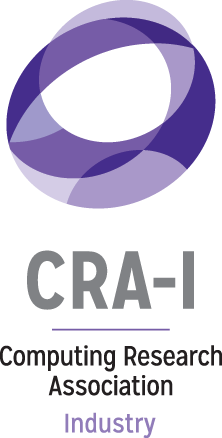By Jeff Forbes, Allyson Kennedy, Margaret Martonosi, and Fernanda Pembleton
Since the 1970s, the U.S. National Science Foundation (NSF) has established programs that focus on increasing the representation of women, Blacks and African Americans, Hispanics and Latinos, American Indians, Alaska Natives, Native Hawaiians, Other Pacific Islanders, and persons with disabilities in the field through outreach and recruitment efforts. Some of the earlier NSF investments to address broadening participation included programs like Women in Science, Minority Graduate Fellowships, and the Program for Persons with Disabilities, which explicitly focused on broadening participation and paved the way for a modern portfolio of programs that considers the diversity of communities served by NSF-funded work.
By the 2000s, the focus of BPC efforts began to shift from simply increasing representation to also addressing the systemic issues and barriers that contribute to underrepresentation. These efforts included research on the experiences of underrepresented groups in computing and the development of interventions to promote a more inclusive culture in computing education and the workforce. In 2012, the CISE Advisory Committee published the CISE Strategic Plan for Broadening Participation noting that:
It will take more than good intentions or business as usual, however, to reverse longstanding underrepresentation. It will take committed, focused, and sustained efforts on the part of many in the computing community.
In this article, we present the progress made in Broadening Participation in Computing (BPC) and call upon the entire computing community to take on the important goal of addressing underrepresentation in computing disciplines.




